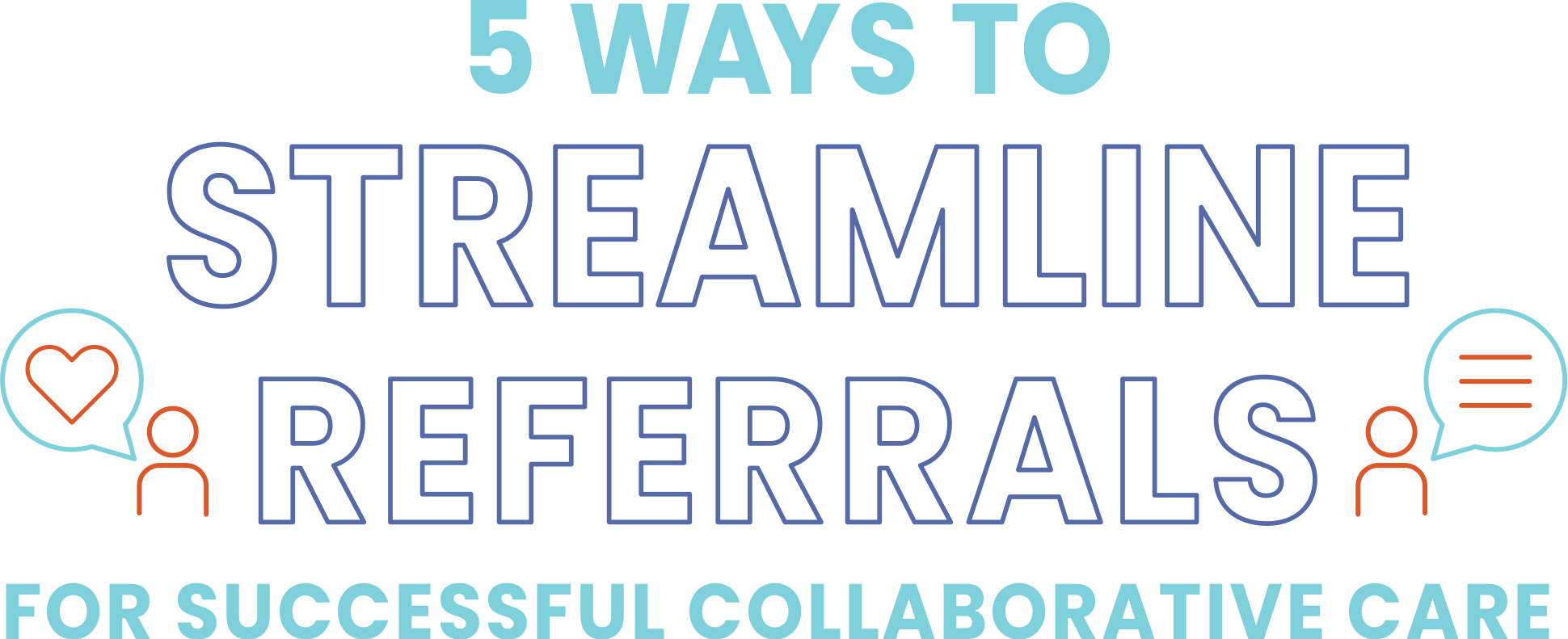


he level of medicine that we are able to offer to veterinary patients has vastly expanded to include extensive options for specialty care. Owners who want to pursue advanced diagnostic, specialized surgery, chemotherapy and other specialized treatments can receive a referral from their primary veterinarian. Additionally, primary veterinarians benefit from the wide array of specialists who can provide advice and support for cases that are unusual or frustrating to manage.
The benefits of having specialty care as an option for veterinary patients are wide, but issues can arise during the referral process or when multiple veterinarians are working to co-manage a case. To add to this, communication challenges and frustrations have been exacerbated by limited availability of many specialty and emergency services as a ripple effect of the COVID-19 pandemic and nationwide staffing shortages.
Maximizing the value in collaboration between specialists and generalists is paramount, and will improve patient outcomes and client satisfaction. Here are five tips collected from specialty doctors in Pennsylvania to streamline the referral process, improve professional relationships and successfully co-manage cases:

For instance, in my local area, one specialty hospital prefers clients to call and schedule an appointment with the recommended specialty service and then requests records from the RDVM. At another hospital, the client can’t schedule an appointment until a referral form and records have been sent. Knowing the process at each hospital helps my staff to prepare clients for the referral process, minimizes client frustration, and cuts down on time spent on the phone between our hospital, the referral hospital and the client. Talk to your local specialty partner to determine the preferred method of record transfer on both ends of the referral. This may be by fax, email or through an online referral portal.
Additionally, having a working relationship with local specialty and emergency hospitals allows you, as the primary veterinarian, to prepare clients for what to expect and demonstrates your confidence in the referral center by displaying knowledge of their protocols and procedures.

In an emergency situation, sending copies of records and diagnostics with the client in addition to those sent by fax or email can be a safety net in case the transmission does not go through and your client arrives at the emergency hospital after you are closed. If I am seeing a sick patient toward the end of the week and am concerned if outpatient therapy will be successful, I will advise clients of this and sometimes send a copy of diagnostics with the owner to have on hand in case they need to seek continued care at an emergency hospital when our clinic is closed.

When possible—especially for emergencies—give your client an estimate of the cost of referral. This can usually be obtained by a quick call to the ER or specialty center. Clients should also be prepared for the fact that not all procedures may be performed the same day as their initial appointment and they may need multiple visits.

- Recommended diagnostics and treatment prior to referral, especially if the patient cannot be seen quickly.
- Expediting urgent but stable cases without sending the patient through an overwhelmed emergency department. (This may not always be possible, but I have found that most specialists are willing to try to support as many patients as possible.)
- Client-specific concerns such as communication troubles or behavior that should not be written in the record.
- Expectations of the RDVM and specialist in management of mutual cases.

- Ophthalmology: Schirmer’s Tear Test
- Dermatology: Skin scrape
- Cardiology: Total T4 in older cats
- Internal Medicine: Total T4 and Urinalysis (ideally obtained at the same time as CBC/Chem)
- Surgery and Oncology: Three-view chest radiographs.
In non-emergent cases, starting treatment for patients with chronic diseases (such as seizure disorders, allergic dermatitis, congestive heart failure and metabolic diseases) is recommended. Try to avoid treatments that may alter diagnostic results (such as steroids) if the patient can be managed comfortably without them.
When in doubt about what treatment to begin, ask your local specialist what they recommend or what they would like to have done prior to seeing the pet. Sometimes they can gain more information by a response or lack of response to a treatment than they can from a single appointment.
It is important for generalists to be willing to co-manage cases with specialists after the initial referral. This is the heart of collaborative care. Instead of referring a patient to a specialist and expecting to never see the pet for that issue again, be open to long-term management. This can be very beneficial to clients as many tests are less costly at the RDVM, and the RDVM hospital is usually more conveniently located for frequent visits.
Specialists will guide their primary care partners in the monitoring needs for a patient, help with interpretation of results and advise medication adjustments. They may see the patient periodically for an in-person check-in but rely on the primary care doctor to provide primary case management in between their appointments. Maintaining open communication between doctors and technicians that are mutually managing a case will improve patient outcomes.
With the increasing use of telemedicine, teleconsultation services are also likely to grow. This should help to increase access to specialty care for clients who are not able to afford the full cost of an in-person specialty visit, or who are unable to travel to a specialty hospital. The knowledge and assistance in case management will be of great value to clients and generalists alike and, most importantly, can maximize patient outcomes.

